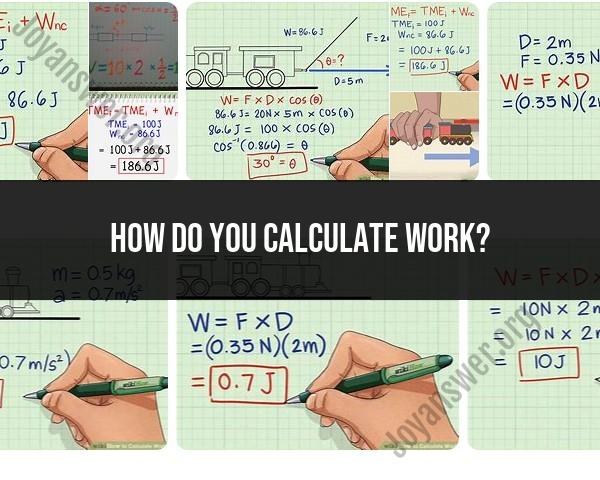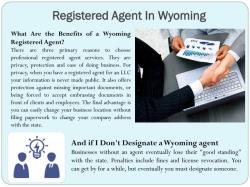How do you calculate work?
In physics, work is defined as the product of force and displacement when a force acts on an object to move it a certain distance in the direction of the force. Mathematically, work (W) is calculated using the following formula:
Where:
- is the work done,
- is the magnitude of the force applied,
- is the displacement of the object,
- is the angle between the direction of the force and the direction of the displacement.
If the force and displacement are in the same direction, and , so the formula simplifies to:
This formula is used when the force and displacement are collinear, meaning they act in the same direction.
If the force and displacement are perpendicular to each other, and , so the work done is zero.
It's important to note that work is a scalar quantity, meaning it has magnitude but no direction. The unit of work in the International System of Units (SI) is the joule (J), which is equivalent to one newton-meter (N·m).
In summary, to calculate work, you need to multiply the magnitude of the force by the displacement of the object in the direction of the force, taking into account the angle between the force and displacement if they are not collinear.
In physics, work is defined as the energy transferred to or from an object by applying a force that causes a displacement along the direction of the force. To calculate work, we use the following formula:
Work (W) = Force (F) × Displacement (d) × cos(θ)
where:
- W: Work (measured in Joules)
- F: Force applied to the object (measured in Newtons)
- d: Displacement of the object along the direction of the force (measured in meters)
- θ: Angle between the force and the displacement (measured in degrees)
Here are some key points to remember:
- The displacement must be along the direction of the force for work to be done. If the object moves perpendicular to the force, no work is done.
- The cosine term (cos(θ)) accounts for the angle between the force and the displacement. When the angle is 0 degrees (the force and displacement are in the same direction), the cosine is 1, and the work is maximized. As the angle increases, the cosine term decreases, and the work done decreases.
- The units of work are Joules (J), which are equivalent to Newton-meters (N⋅m).
Here are some common examples of work in physics:
- A person lifts a box (force * displacement = work done).
- A car accelerates (force from the engine * displacement = work done).
- A spring compresses (force applied * displacement = work done).
- Gravity pulls an object down (force of gravity * displacement = work done).













